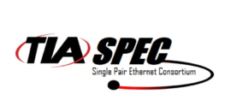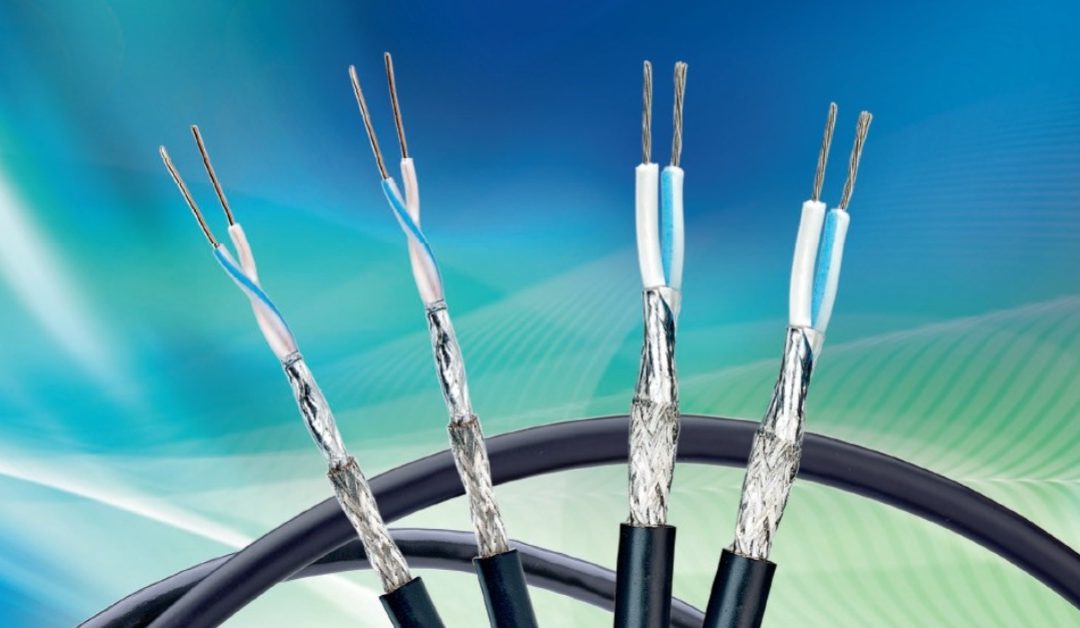With one Ethernet network from the sensor to the cloud, SPE and TSN enable control over all networked components to drive the deployment of IIoT within the industrial environment. They also aim to reduce CapEx by 80% while delivering long-term operational savings through a variety of benefits. Six advantages of SPE technology include:
- Compact, lighter cables with 50% less weight and footprint than traditional Fieldbus cables save space within robots and inside walls and floors, while enabling a more orderly, defined infrastructure and reducing power and temperature control requirements.
- Faster, easier installation drives material and labor costs down for new factory floor builds, allowing field devices, sensors and actuators to be easily integrated into the existing Ethernet environment with no additional gateways and interfaces.
- Potential for 10 times better range and device coverage with the ability to support 10Mbps to distances up to 1000 meters and 10 times the transmission performance with existing options for 1Gbps and multi-gigabit on the horizon.
- Bus topologies with no additional power lines via short multidrop link segments combined with Power over Data Lines (PoDL).
- Simple, cost-effective passive line distribution with the potential for cable sharing where common twisted-pair cable enables four SPE channels in one cable.
- Known standards-based cable and connectivity with interchangeable plug-in M8 and M12 connector interfaces that meet the established M2I2C2E2/M3I3C3E3

